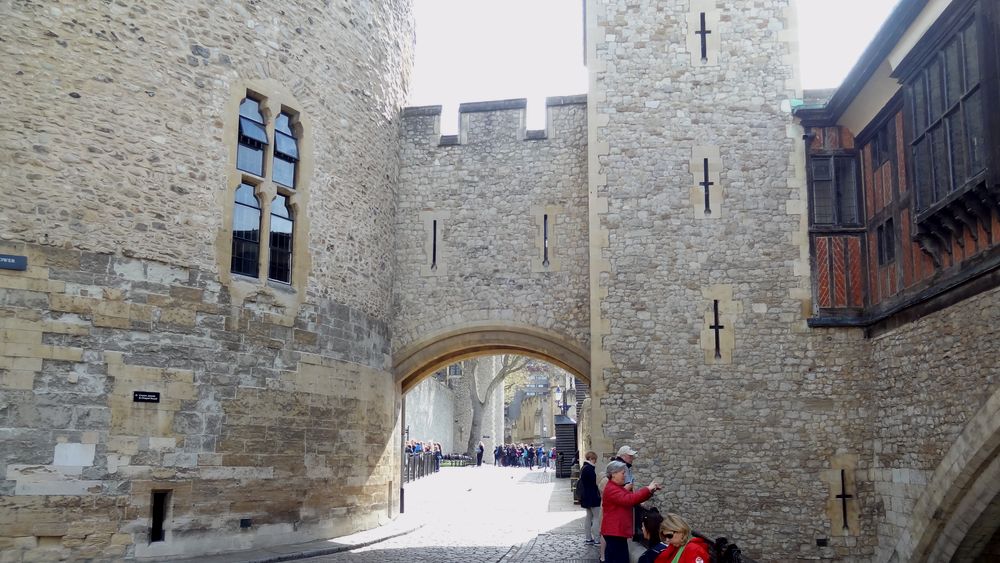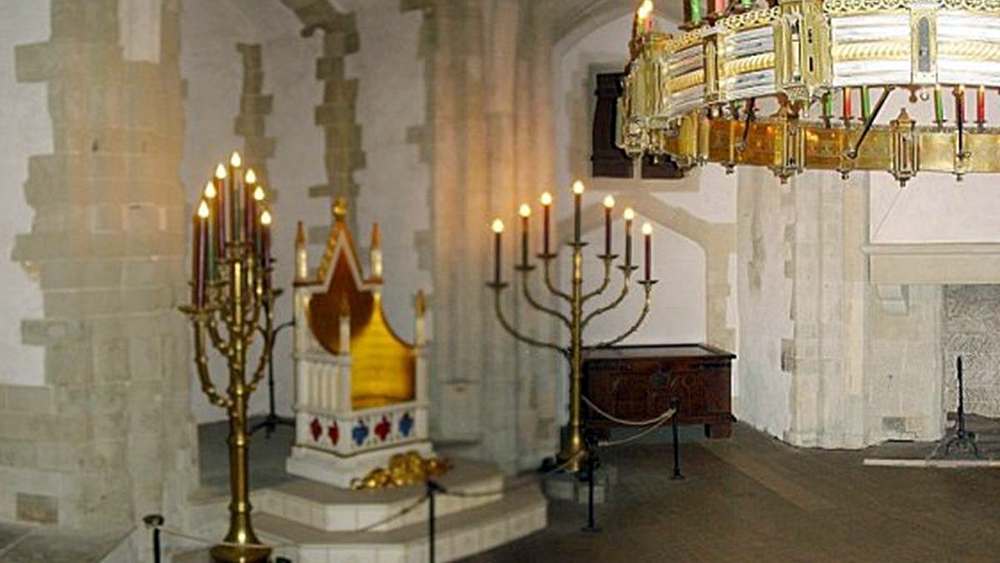Originally called Blundeville Tower, the Wakefield Tower was built from 1220 during the first wave of modifications to the Tower of London. It was at this time that King Henry III built the rampart which is now inside the complex, and along which was constructed a series of defensive towers or dwelling.
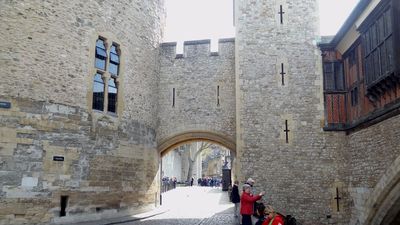
Wakefield tower
The Wakefield Tower was simply the king's apartments. It was the counterpart of the Lanthorn Tower, which contained the Queen's apartments. It is one of the largest towers in the Tower of London, just after the two Legge and Brass mounts, two defensive towers north of the second enclosure. The Wakefield Tower was connected to the gate of the traitors by a wall used to hold a portcullis. At that time, the southern zone of the white tower was occupied by several buildings, including a large hall connecting the Wakefield and Lanthorn towers.
Under Edward I, the king chose to live in the Tower of St Thomas, which he had built. At his death, the kings chose not to live at Wakefield, but at Lanthorn. Wakefield was no longer inhabited by the king.
This tower is made of roughly squared stones bound by a mortar. It is very wide, about 15m in diameter, and two storeys high. It is nowadays equipped with several small windows and some loopholes. Its roof has a crenellation. The round path that passes over the first rampart crosses this tower. The interior is far from what you would expect. The walls are decorated with various patterns, on a white background. There are some pieces of furniture like a throne (which is not of period), a chest, chandeliers, etc. The basement was a prison, where torture instruments are now displayed.
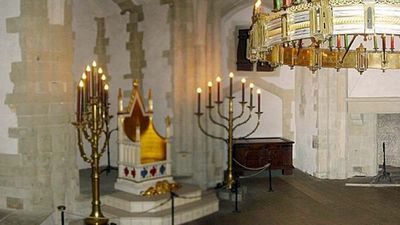
Wakefield tower
In the 15th century, the Wakefield Tower was the scene of the murder of Henry VI by Edward IV, and was struck during his prayer in the chapel of this tower.
Location
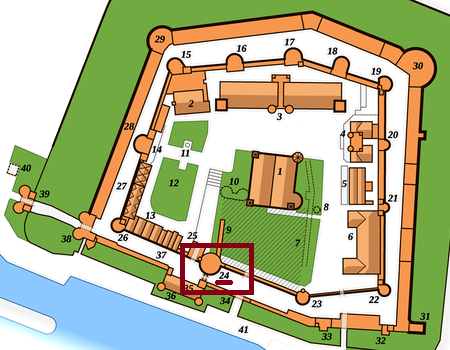
See also:
The map of the tower of London with the list of the buildings






